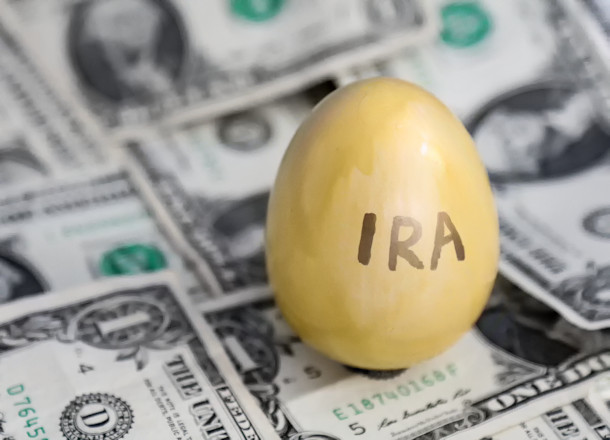One of the perks of being self-employed is that you call all the shots. You don’t have a boss breathing down your neck, questioning you about where you’ve been, why things are taking so long, and why your TPS report cover sheets are missing. However, the downside to that is you have to make all the decisions about everything.
One of the biggest dilemmas you face is about retirement accounts. If you had an employer, a benefits package might be part of the deal and investing would be a matter of letting your boss take money from your check and put it into your investment account automatically.
But since you’re self-employed, you have to do that for yourself, and although you might be a genius when it comes to remodeling a living room or adding on a deck, and you can calculate measurements in your head while you’re sleeping, knowing the difference between an IRA and 401k baffles you. So, here you go; a quick primer on retirement accounts so you can start sticking some money away for when you’re ready to hang up your hammer and enjoy your retirement.
Let’s Start with the Basics: What Is an IRA?
IRA stands for Individual Retirement Account. It is a special type of savings account that is made up of different kinds of investments, from 401(k)s, stocks and bonds to even CDs, gold and cash. You choose how much money you want to dedicate to the IRA up to IRS limits and you choose the investment type. You can open an IRA with a brokerage firm or the bank you already deal with most likely has an investment arm as well.
Different Types of Retirement Accounts
There are four types of retirement accounts that best suit self-employed people: Individual 401(k), SEP IRA, Defined Benefit Plan, and the Simple IRA. Let’s go over the differences below.
Individual 401(k)
There are two types of these plans: traditional and Roth. With a traditional 401(k), you make contributions up to plan limits with gross income (pre-tax dollars), and then pay taxes on the amount at the time of withdrawal. With the Roth 401(k), you invest after-tax dollars up to allowable limits, but then you won’t have to pay taxes when you retire and are ready to withdraw the money.
If you aren’t sure which option is best, consider this: if you think your tax bracket is higher now than it will be when you retire, choose the traditional 401(k). If you think your tax bracket will be higher when you retire, do a Roth 401(k) and pay the taxes now. However, you’ll want to check if you are eligible to open a Roth because there are income restrictions. There are no such restrictions for a traditional account.
SEP IRA
A SEP IRA is similar to a traditional IRA. All investments are made with pre-tax dollars and are deductible from personal income at tax time. However, it allows the investor to invest both the employee and employer portions into the account. So, an employee can set how much they want to invest up to allowable limits and receive up to 25 percent of their investment as an employer contribution. This is ideal for a sole-proprietor that wants to bump up the amount to invest or a small business owner who wants to offer retirement benefits to his employees.
Defined Benefit Plans and Simple IRAs
If you’re over the age of 50 and are just starting to invest, these are good options for you because you can invest more than with traditional IRAs. For a defined benefit plan, you set the amount you want to have when you retire and you invest accordingly, generally up to $100,000 per year.
Simple IRAs allow individuals 50 years and older to invest up to $14,500 of the income each year. Keep in mind that the amount can be used to purchase stock or other investment tools, so that initial investment could grow quickly.
Now that you have some beginner’s knowledge about retirement plans, stop into a brokerage firm or your bank and ask them about the available options that are best for you.

